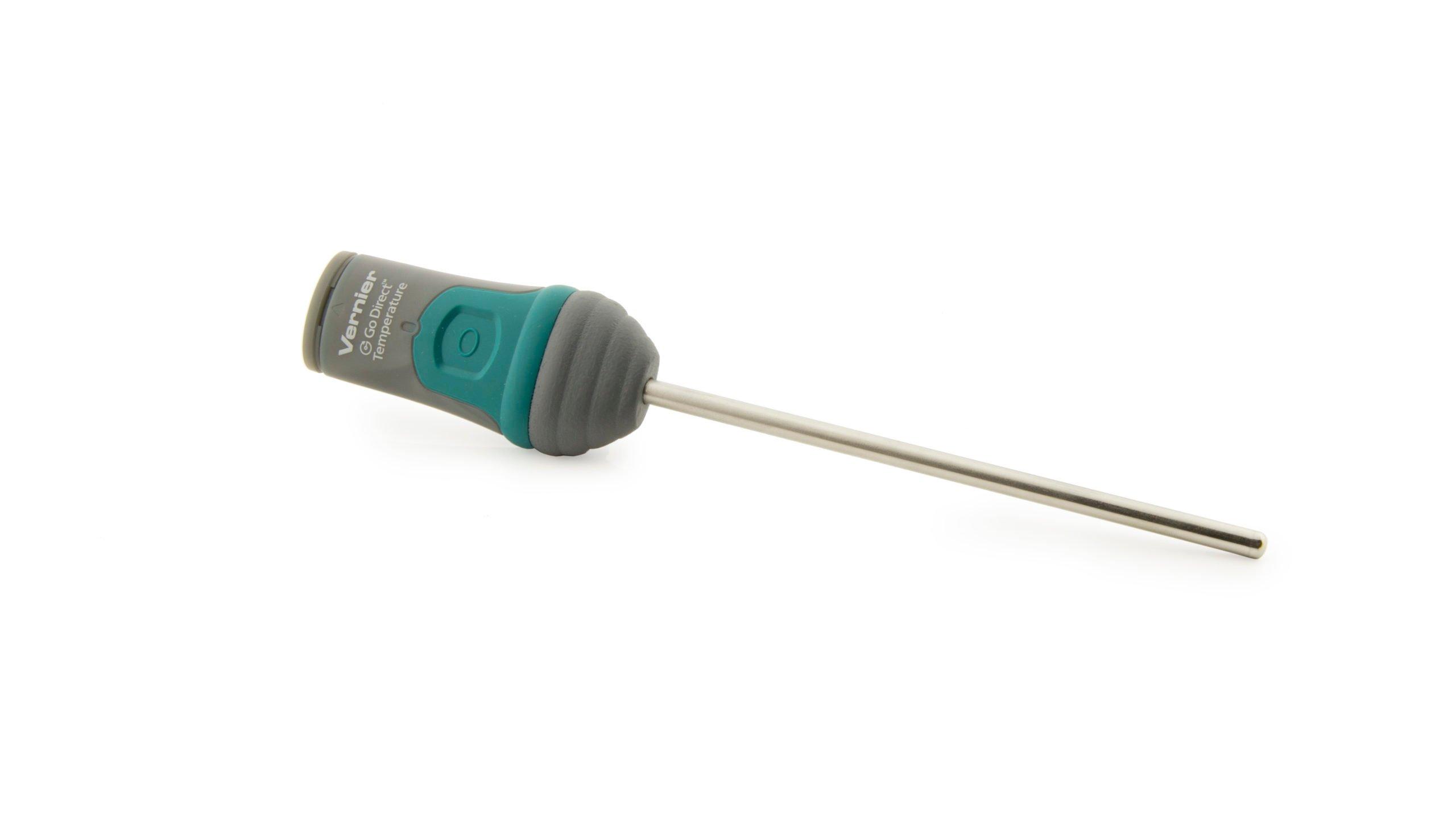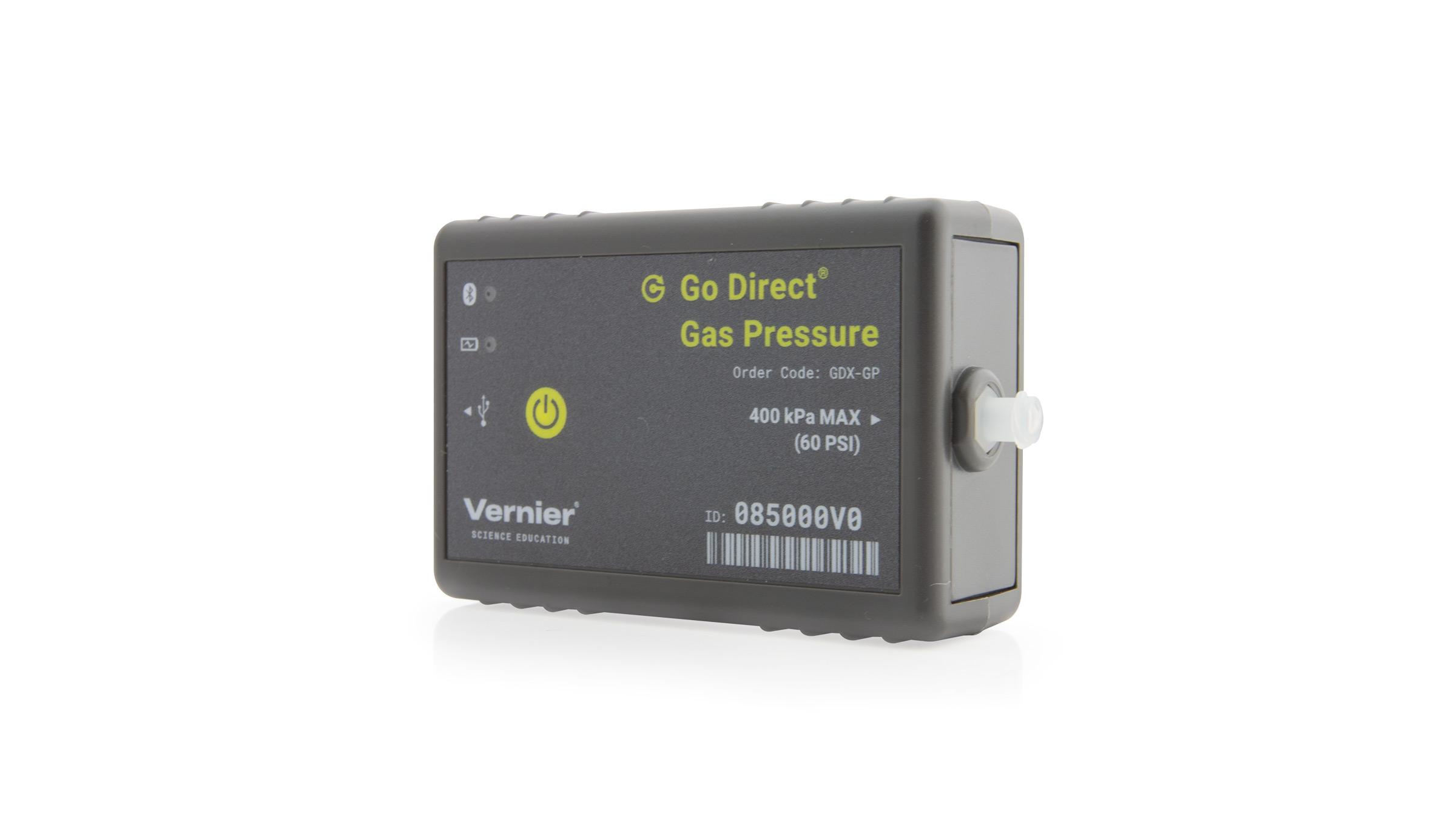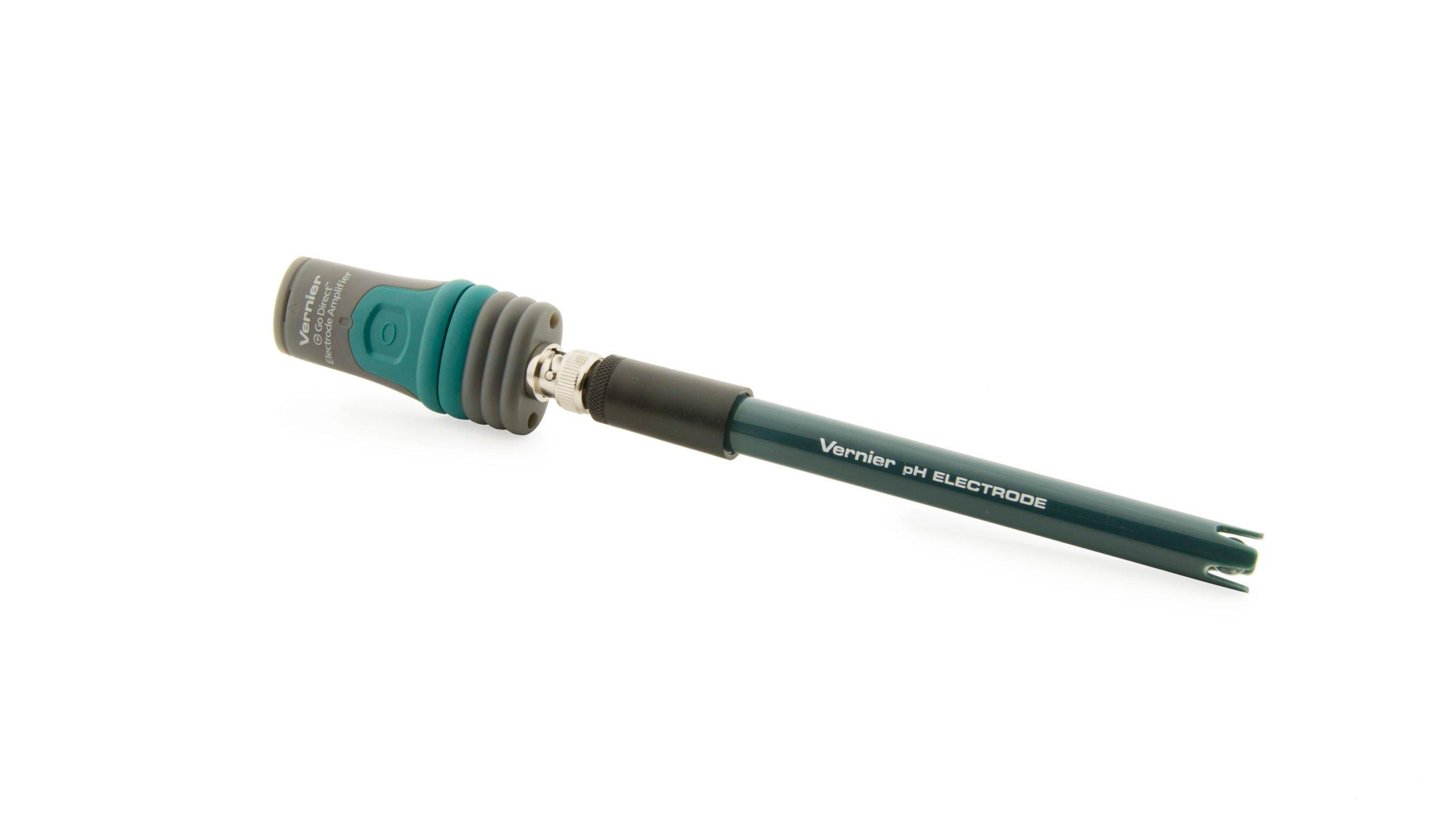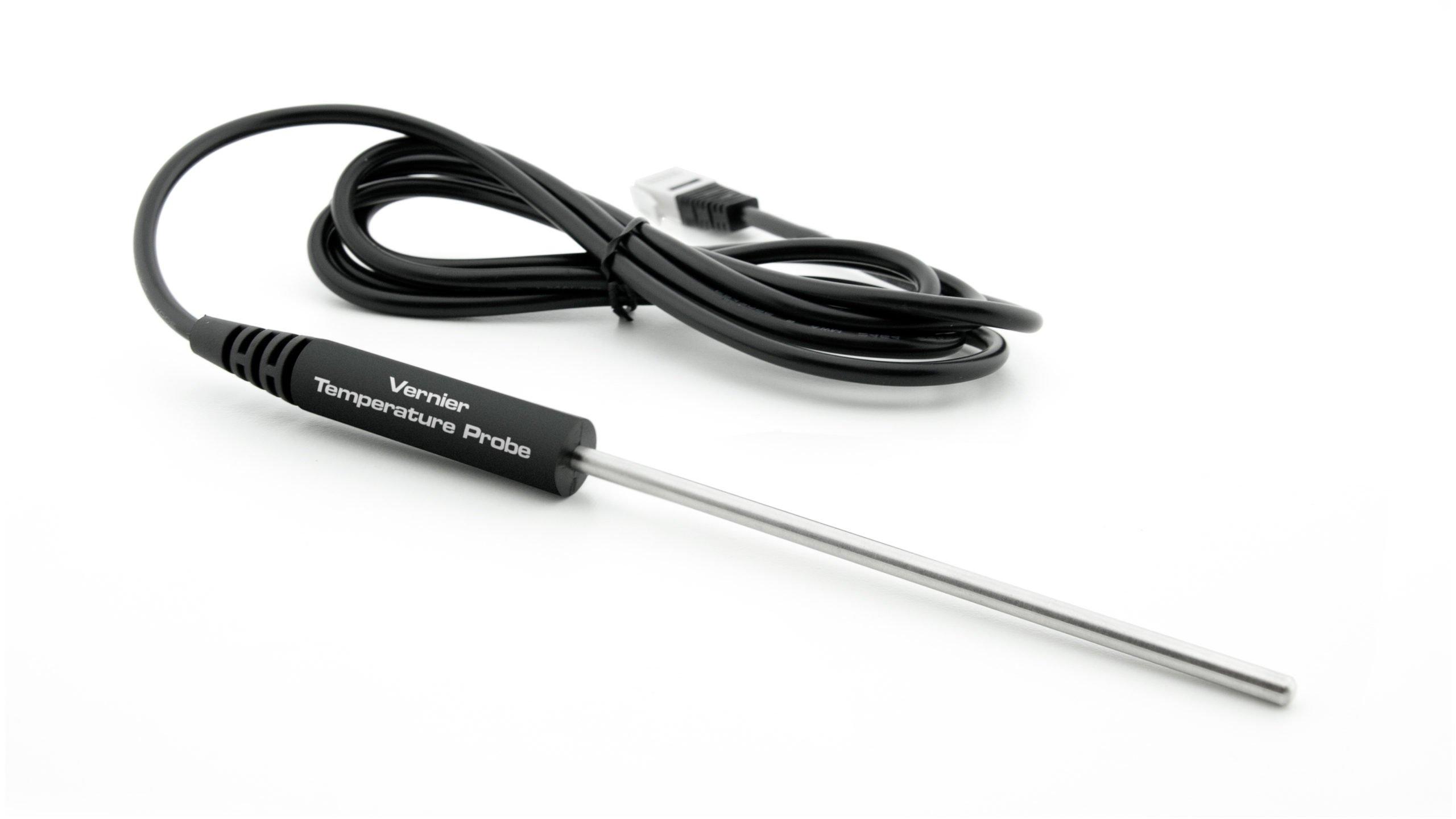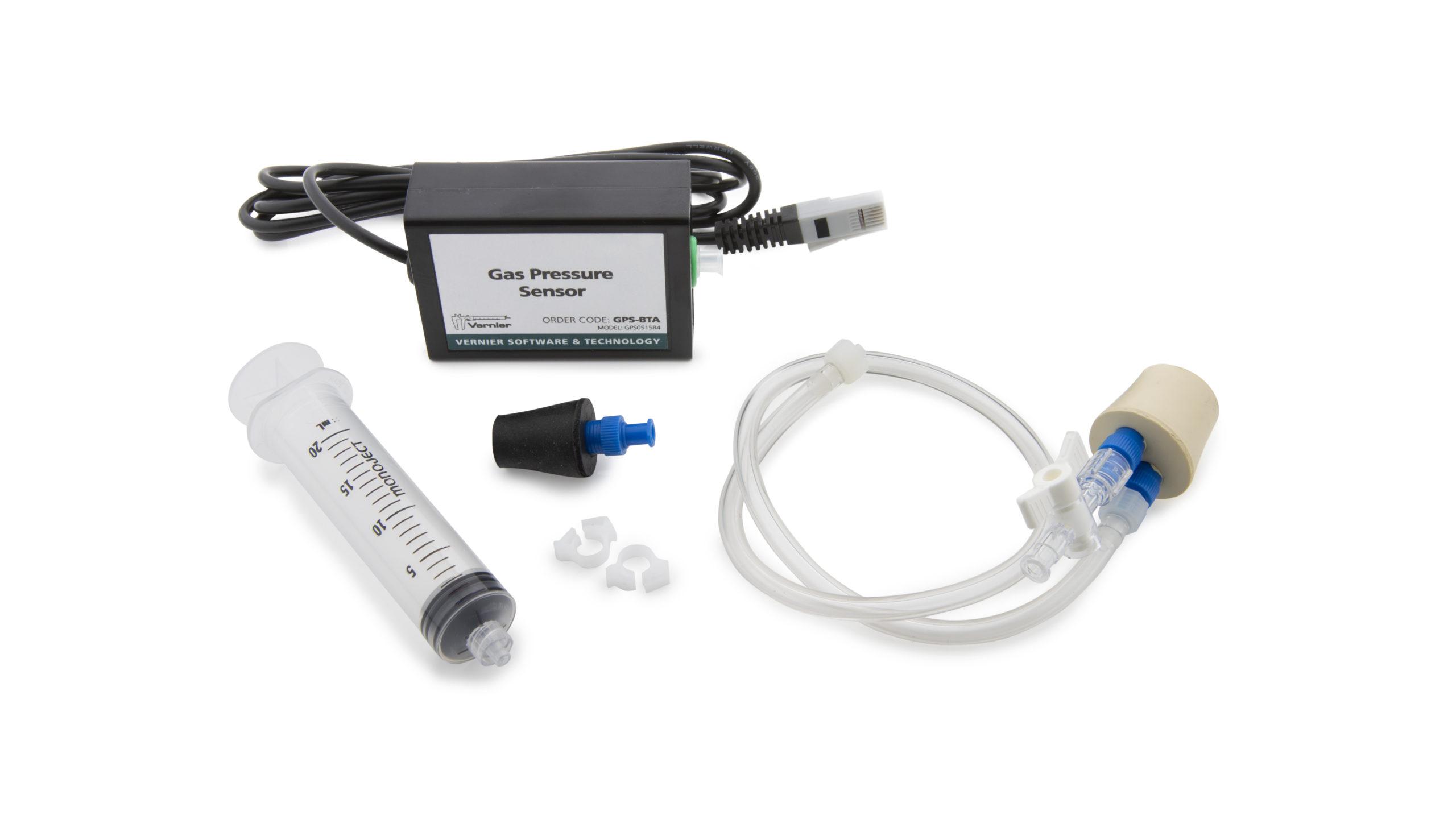Baking Soda and Vinegar Investigations Revisited
Experiment #21 from Investigating Chemistry through Inquiry
- Subject
- Chemistry
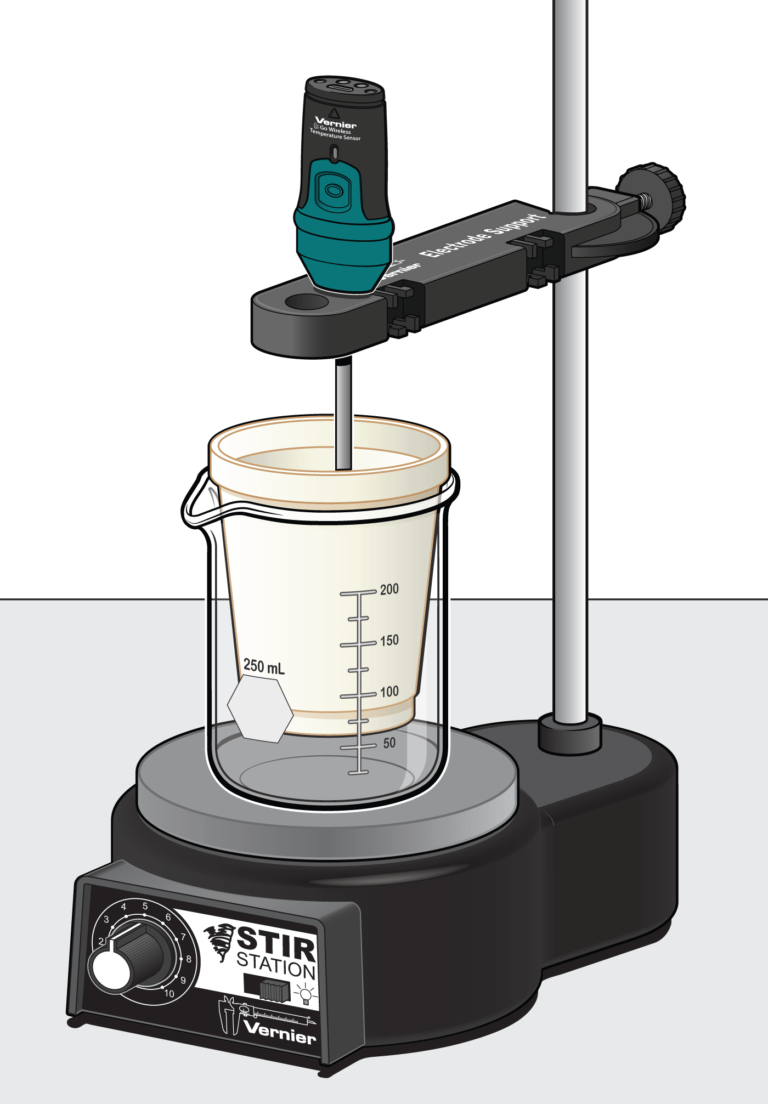
Introduction
In Experiment 2, Baking Soda and Vinegar Investigations, you investigated the physical and chemical properties of baking soda and vinegar and their reaction. Since then, you have learned much more chemistry, and you have gained new laboratory skills. You will now employ the knowledge and skills that you have gained as you revisit the chemistry of baking soda and vinegar.
As you recall, baking soda reacts with acetic acid in vinegar to produce carbon dioxide gas, water, and an aqueous solution of sodium acetate according to the equation:
Objectives
In the Preliminary Activity, you will use a Temperature Probe as you determine the enthalpy of solution for baking soda.
After completing the Preliminary Activity, you will first use reference sources to find out more about baking soda, vinegar, and their chemistry before you choose and investigate a researchable question dealing with these subjects. Your researchable question may or may not deal with enthalpies.
Sensors and Equipment
This experiment features the following sensors and equipment. Additional equipment may be required.
Ready to Experiment?
Ask an Expert
Get answers to your questions about how to teach this experiment with our support team.
- Call toll-free: 888-837-6437
- Chat with Us
- Email support@vernier.com
Purchase the Lab Book
This experiment is #21 of Investigating Chemistry through Inquiry. The experiment in the book includes student instructions as well as instructor information for set up, helpful hints, and sample graphs and data.

